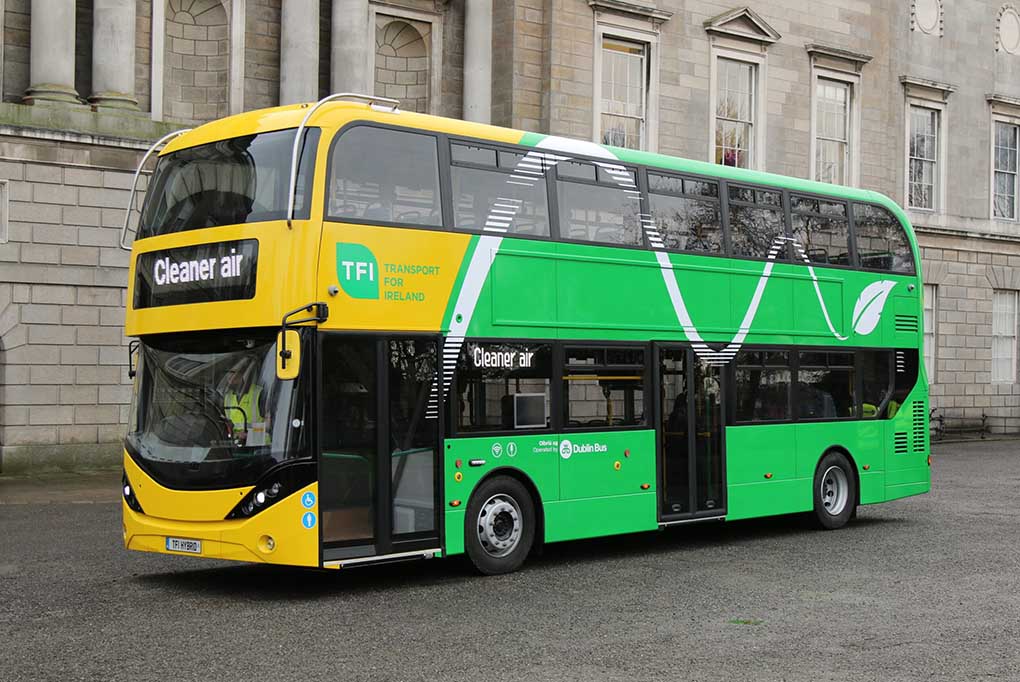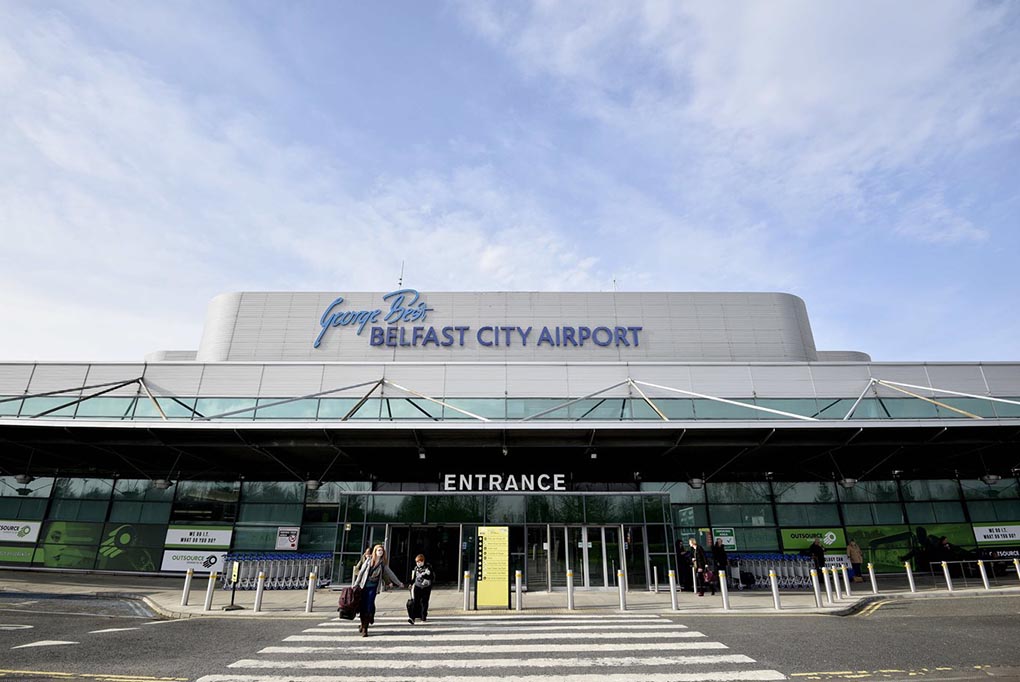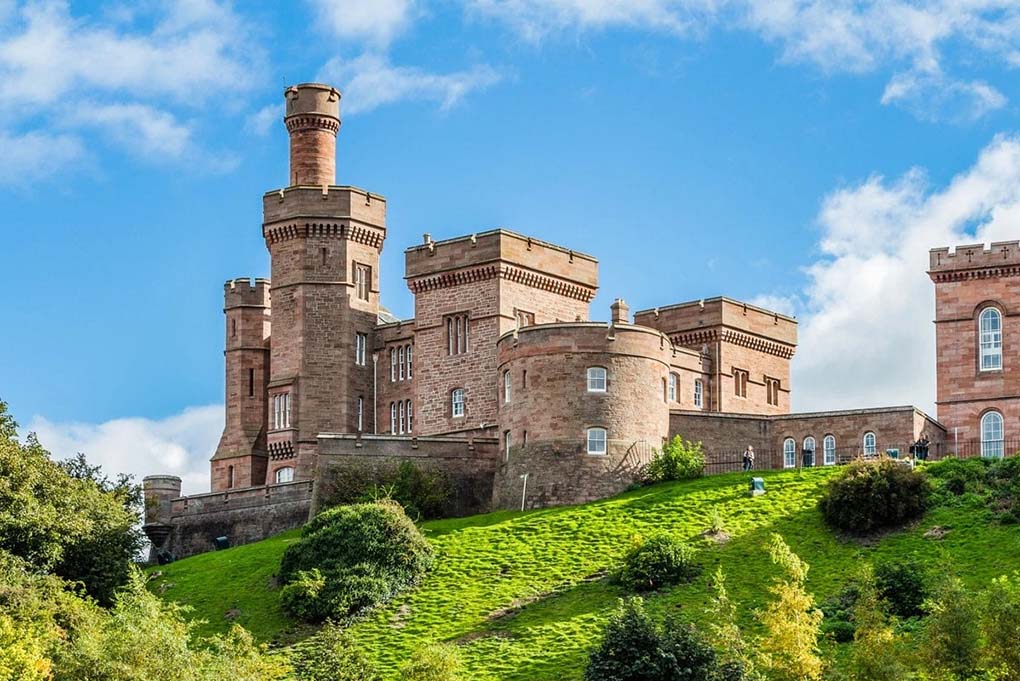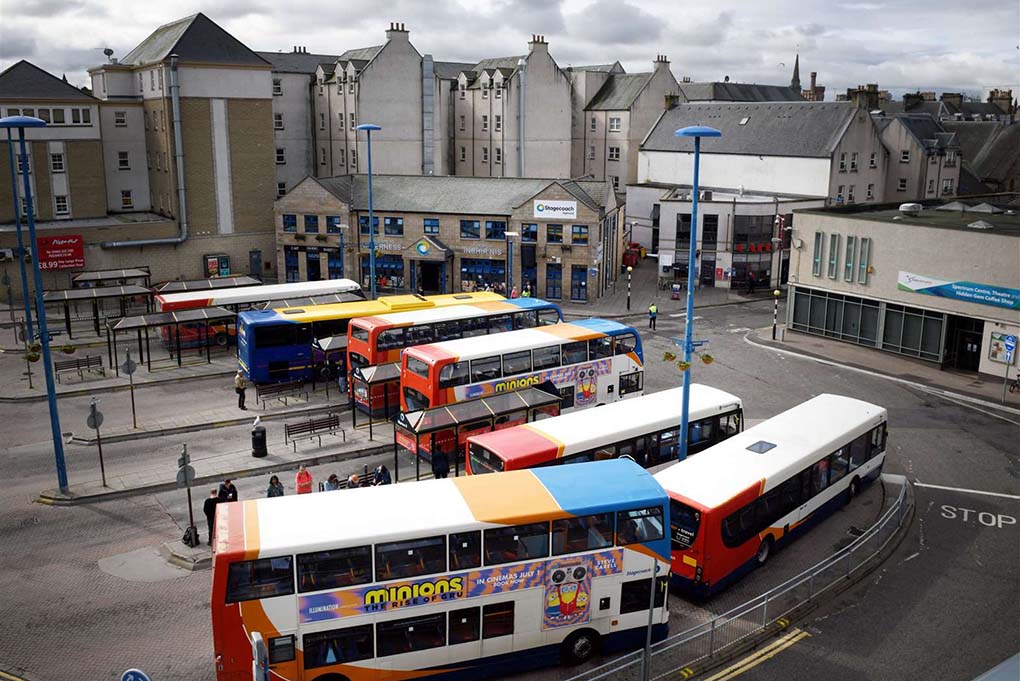As a vibrant city, Dublin combines rich history, diverse culture, stunning natural beauty, and a unique pub culture. Whether you’re a history enthusiast, a food explorer, an outdoor sports lover, or someone who wants to experience the nightlife, Dublin has something to offer.
1. Best Time to Visit
Dublin has a temperate maritime climate with mild weather year-round but frequent rain. Be sure to check the weather forecast before your trip and bring appropriate rain gear.
Best Travel Seasons:
- Spring (March – May)
- Moderate temperatures (8°C – 15°C), longer daylight hours, perfect for hiking and outdoor activities.
- March 17th is St. Patrick’s Day, an excellent opportunity to experience grand festive celebrations.
- Summer (June – August)
- Warmest season (15°C – 22°C), ideal for exploring the city, parks, and the seaside.
- Perfect for outdoor hikes, cycling, and coastal tours.
- Autumn (September – November)
- A peaceful season with fewer tourists, perfect for avoiding crowds.
- October 31st offers Halloween experiences, as Ireland is the birthplace of the holiday.
- Winter (December – February)
- Though cold (2°C – 8°C), it’s great for Christmas markets and New Year celebrations.
- January and February are off-peak months, offering lower prices for flights and accommodations.
2. Visa and Transportation Guide
Visa
UK visitors can enter Ireland without a visa, provided they hold a valid UK passport, with no time restrictions on the length of stay. However, if you are from another country and hold a long-term UK visa, it’s essential to check Ireland’s visa policy, as you may still need to apply for a visa to enter the country. Non-EU nationals, in particular, should be aware of the visa requirements, which can vary depending on the nationality. It’s a good idea to consult the Irish Naturalisation and Immigration Service (INIS) for specific guidelines before traveling.
How to Get to Dublin:
- Flying from the UK
Dublin is easily accessible from the UK, with multiple direct flights departing from major cities like London, Manchester, and Edinburgh. The flight duration is typically around one hour, making it a convenient option for a quick getaway. Both Ryanair and Aer Lingus offer affordable and reliable service on this route. Ryanair is particularly known for its budget-friendly fares, while Aer Lingus provides a more premium experience with a higher level of service. Booking in advance can often result in more competitive pricing, especially during peak travel times.
- Ferry from the UK
For a more leisurely travel experience, ferries are available from ports like Liverpool and Holyhead, with a crossing time of approximately 2-3 hours. This mode of transport can be especially enjoyable for those who prefer a more scenic journey across the Irish Sea. Ferries depart regularly, and many offer comfortable seating, onboard amenities, and beautiful views of the coastline, making the journey an enjoyable part of your adventure. Upon arrival at Dublin Port, you’ll be only a short distance from the city center, where you can begin your exploration of Dublin.
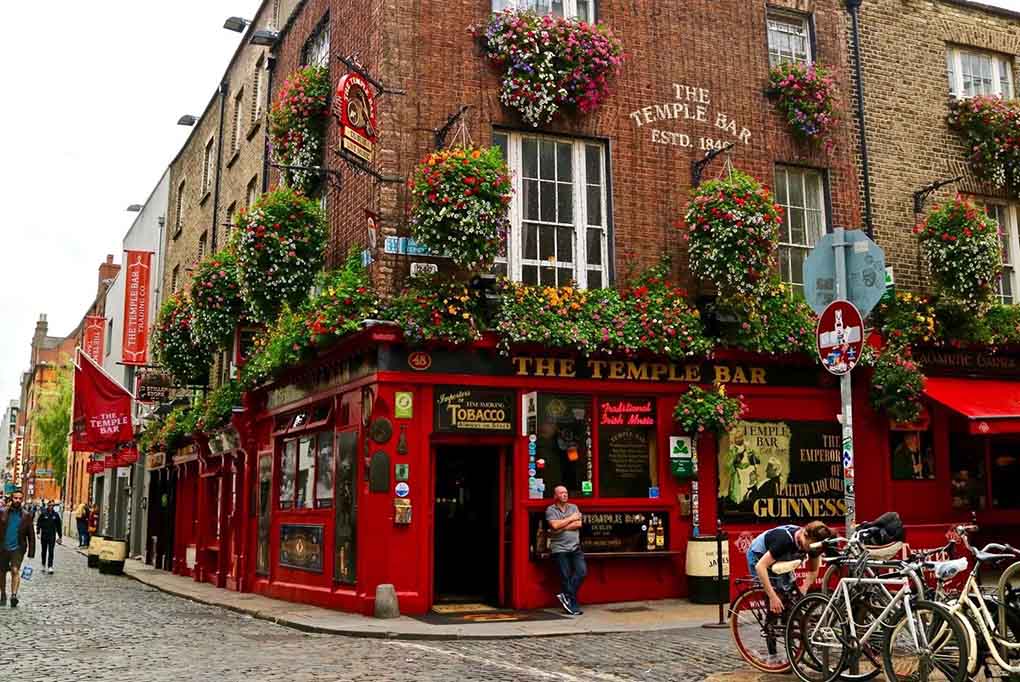
Getting Around in Dublin:
- Buses (Dublin Bus): Dublin’s bus network is extensive and covers nearly every corner of the city. It’s a budget-friendly option for getting around, but it’s advisable to have exact change or use a Leap Card, which offers discounted fares for both buses and trams. The Leap Card is the most convenient and cost-effective way to pay for public transport in Dublin and can be topped up online or at various locations throughout the city.
- Tram (LUAS): Dublin’s LUAS tram system is fast and efficient, with two main lines: the red line and the green line. It’s an ideal way to quickly reach major attractions, such as the Guinness Storehouse and St. Stephen’s Green. The LUAS is easy to navigate, and using a Leap Card will save you time and money. The trams are well-maintained and offer a comfortable ride across the city.
- Taxis & Uber: Taxis are readily available throughout the city, but they can be quite expensive, especially during rush hours. Alternatively, Uber operates in Dublin, providing a more modern and often more affordable way to travel. However, it’s important to note that taxi fares can add up quickly, particularly for short distances, so always check the fare in advance to avoid surprises.
- Walking & Cycling: Dublin’s city center is compact, making it a fantastic destination for walking tours. Whether you’re exploring the historic streets of Temple Bar or strolling through the beautiful St. Stephen’s Green park, walking is one of the best ways to immerse yourself in the city’s charm. Additionally, DublinBikes offers an easy-to-use bike rental system, perfect for cycling enthusiasts who want to explore the city’s sights on two wheels. The bike-sharing program allows you to pick up and drop off bikes at various stations throughout the city, making it both convenient and environmentally friendly.
3. Must-See Attractions in Dublin
- Guinness Storehouse
- Address: St. James’s Gate, Dublin 8
- Hours: 10:00 – 19:00
- Ticket: Approximately €30 per person (includes one pint of Guinness)
- The Guinness Storehouse is a must-visit for anyone interested in the history of Ireland’s most famous export, Guinness beer. Located in the heart of Dublin, the Storehouse is a seven-story exhibition space that takes you through the journey of brewing Guinness, from its humble beginnings in 1759 to its present-day iconic status. Visitors can learn about the brewing process, the brand’s cultural impact, and the people who have shaped its legacy. At the top of the Storehouse is the Gravity Bar, offering panoramic views of Dublin, where you can enjoy a freshly poured pint of Guinness while taking in the city’s skyline.
- Trinity College & Long Room Library
- Address: College Green, Dublin 2
- Hours: 9:30 – 17:00
- Ticket: Approximately €18
- As Ireland’s oldest and most prestigious university, Trinity College is a historical and cultural treasure. The university’s Long Room Library is one of Dublin’s most famous landmarks, home to over 200,000 ancient books, including the priceless Book of Kells, a beautifully illuminated manuscript dating back to the 9th century. The Long Room itself is a breathtaking, barrel-vaulted space lined with marble busts of great philosophers and writers, making it feel like a scene from a fantasy novel. Don’t forget to visit the Old Library and explore its incredible collection of books and rare manuscripts.
- Temple Bar
- Address: Temple Bar, Dublin 2
- Hours: Open all day, busiest at night
- Temple Bar is the beating heart of Dublin’s nightlife and cultural scene. Known for its lively pubs, vibrant street music, and bustling markets, this area is a must-visit for anyone wanting to experience the true spirit of Dublin. The pubs in Temple Bar are often packed with locals and tourists alike, offering a warm atmosphere and plenty of traditional Irish music. In addition to the pubs, Temple Bar is home to several cultural institutions, such as the Irish Film Institute and the Temple Bar Gallery, making it a lively spot for both drinking and culture. During the day, it’s a charming area for exploring galleries, shops, and quaint streets.
- Dublin Castle
- Address: Dame Street, Dublin 2
- Hours: 9:45 – 17:45
- Ticket: Approximately €8
- Dublin Castle has played a significant role in Ireland’s history, from its origins as a medieval fortress to its later role as the seat of British power in Ireland. Today, the castle serves as a government office and a venue for cultural events. Its beautiful grounds and elegant rooms, including the State Apartments and Chapel Royal, are open to the public for tours. The castle’s rich history offers a fascinating glimpse into Ireland’s past, making it a must-see for history enthusiasts.
- Howth Cliff Walk
- Address: Howth, Dublin
- Best Time: Daytime, approximately 3-4 hours for the hike
- Ticket: Free
- Just a short journey from the city center, the Howth Cliff Walk is a fantastic way to experience Dublin’s rugged natural beauty. This scenic coastal trail offers breathtaking views of the Irish Sea, dramatic cliffs, and picturesque lighthouses. The walk is approximately 6 km long and takes around 3-4 hours to complete, making it a perfect half-day adventure. Once you’ve finished your hike, head to the village of Howth, where you can enjoy fresh seafood at one of the many seafood restaurants. The village is renowned for its vibrant fishing port, and it’s a great spot to unwind after a scenic walk.
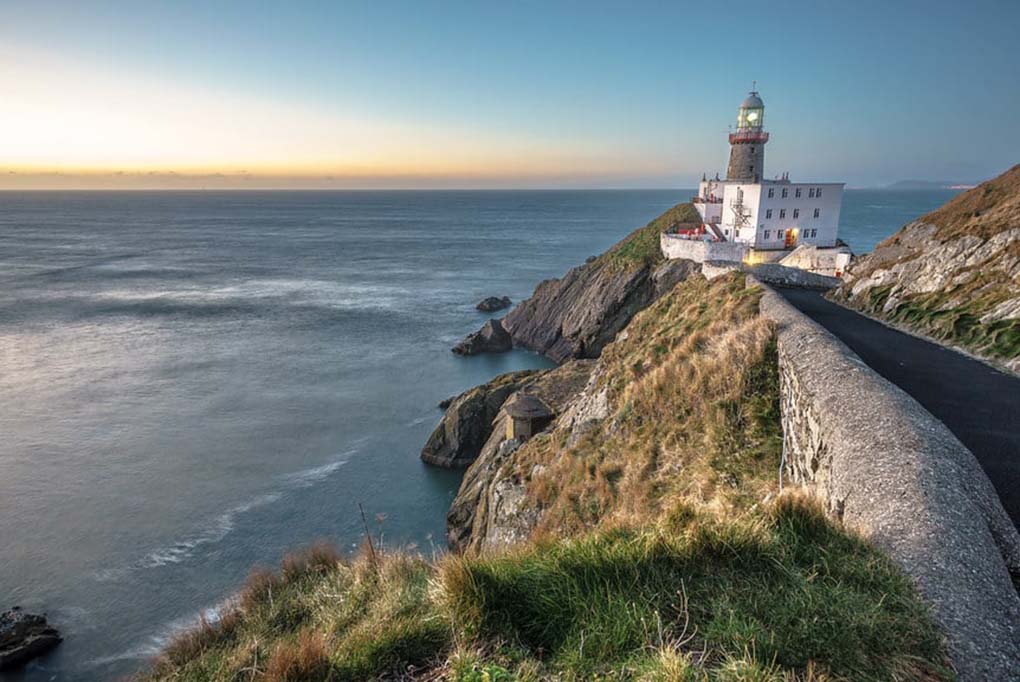
4. Special Experiences and Activities
- Dublin Pub Crawl: This is a fantastic way to immerse yourself in Ireland’s pub culture. You’ll visit several iconic pubs, taste local brews, and learn about the fascinating history of Irish pubs. It’s a lively, social activity where you can meet locals and fellow travelers.
- Traditional Irish Cuisine: Irish stew, soda bread, and oysters are local delicacies you should try. Irish stew, made with beef, potatoes, carrots, and spices, is considered Ireland’s national dish, perfect for cold weather. Soda bread, with its soft texture, pairs wonderfully with stew. For seafood lovers, Dublin’s oysters are fresh and flavorful.
- Dublin Ghost Tour: For those who love mystery and adventure, the ghost tour offers a unique experience, where you’ll hear about Dublin’s eerie legends and myths while wandering through the city’s dark alleys and ancient sites.
- EPIC Irish Immigration Museum: This moving museum tells the story of Irish immigration, exploring how the Irish diaspora has influenced cultures and societies around the world. Interactive exhibits and multimedia displays offer a deep understanding of Ireland’s global impact.
5. Food and Pub Recommendations
Dublin’s food scene is essential to understanding local culture. The Woollen Mills is famous for its traditional Irish stew, simmered slowly for a tender, flavorful dish. Pair it with fresh soda bread for an authentic experience. The Fish Shop is known for its crispy battered fish and chips, a favorite among visitors.
Dublin is not only a city where modern life and history coexist but also a destination brimming with energy and unique experiences. Whether you’re indulging in Irish pub culture or savoring local delicacies, Dublin will undoubtedly leave you with unforgettable memories.
For a smoother trip, remember to pack for Dublin’s unpredictable weather and consider getting a Leap Card for public transport. Although tipping isn’t mandatory, it’s a nice way to show appreciation for excellent service.
